
views
Capturing the Tadpoles
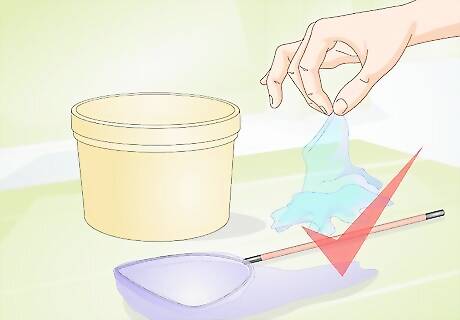
Gather your supplies. Before setting out to capture a tadpole, you'll want to have certain supplies ready. You can find most necessary supplies around your house. If you can't locate certain supplies, you can purchase them at a local supermarket or drug store. You'll need a fine or mesh net to scoop the tadpoles out of the water. You can also use a mason jar, if you cannot find a net, but a net will give you better control. You should have something to place to tadpoles in after they are caught. You should immediately place them in a container of clean, chlorine free water. Consider bringing a bucket of water with you when you go to catch tadpoles. Some of the water you caught the tadpoles in may slip into the container, so do not full it up completely. You may want to wear gloves when catching tadpoles. Depending on the area where you're catching tadpoles, boots may also be helpful. Wear boots if you're catching tadpoles in a muddy area.

Find an area where you're likely to find tadpoles. In order to capture tadpoles, you'll need to know where they typically congregate. You may have seen tadpoles somewhere around your home or neighborhood. This would be a good place to start. However, if you've never seen tadpoles before, look for them in areas where they're typically found. Tadpoles tend to live in streams, swamps, pools, and lakes. Tadpoles are often found near the banks of such places, and in shallow water. You may see them swimming in large groups. Occasionally, frogs may lay eggs in flooded portions of grass after a heavy rain.
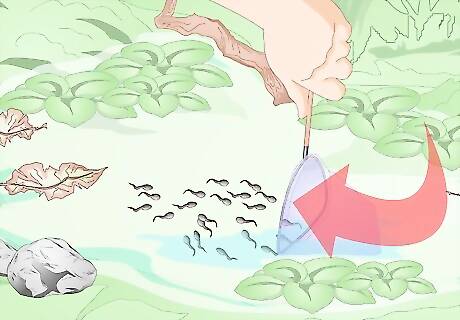
Scoop tadpoles out of the water. Once you've located tadpoles, catching them is fairly easy. You simply need to place your device in the pond, stream, lake, or other body of water. Use your device to scoop up a few tadpoles. A net works best as you can make quick, scooping motions with it. Simply dip the net into the water near the tadpoles and try to scoop water containing tadpoles out of the pond. If you do not have a net, you can also use a jar. However, always try to scoop tadpoles. Some people attempt to catch tadpoles by placing a jar in the water and waiting for the tadpoles to swim into the jar. Tadpoles are unlikely to swim into an unknown object.
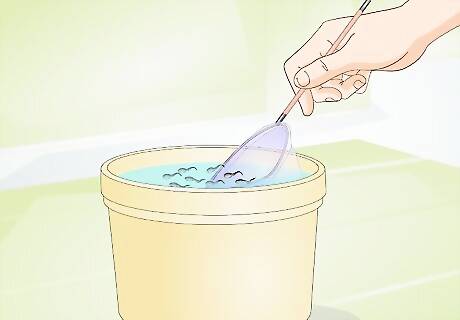
Transfer your tadpoles to clean water. Once you've caught your tadpoles, immediately transfer them into a container of clean water. Your water should not have chlorine or salt in it. When you've caught as many tadpoles as you want, you can take your container inside and transfer your tadpoles to a safe environment. Some of the water you caught the tadpoles in will get in the clean water, as it will be hard to remove the tadpoles by hand. Just make sure you only get a small amount of water from a lake or pond into your clean water. Pick a container you can easily carry. You should have something like a bucket, which has a handle, or a small sealable Tupperware container with some holes poked in the lid. You don't want to accidentally drop your tadpoles while transporting them to your home, as this could potentially kill them.
Caring for Tadpoles
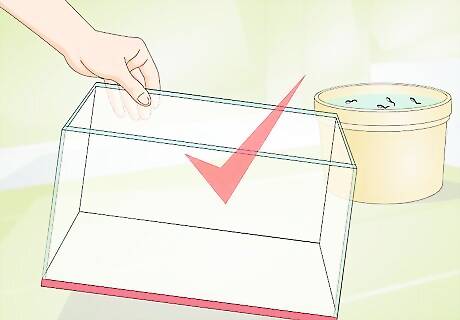
Pick the proper container. You want to store your tadpoles in an aquarium or a similar type of container. The container should ideally be made of glass, although boxes made of foam or plastic products can also suffice. You should never store tadpoles in a metal container. Shorter, wider containers are better than longer, narrower containers. Make sure the container has a lid. If the container comes with a ventilation system, make sure this system also has a lid. Tadpoles can swim into ventilation ducts and die.

Create the right habitat. Unlike fish or other aquatic animals, tadpoles do not require a tank with a bottom lined with mold or rocks. You can leave the bottom of a fish tank bare and fill it with water. Keep the tadpole tank in an area in your home that is 95% shaded. When the water gets murky, remove the tadpoles using a jar or net. Set them aside in a smaller container and clean the tank.
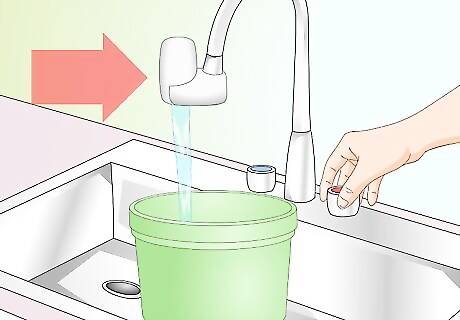
Make sure your water is safe for your tadpoles. Tadpoles need clean water or they will not survive. Make sure you're using fresh tap water. Do not clean a tadpole tank with chemical cleaners, as even small traces of chemicals can harm a tad pool. If you have a water filtration system, like a Brita Filter, it's a good idea to use this to filter going into your tadpole tank. Trace amounts of chlorine are sometimes found in tap water. Even a small amount of chlorine is deadly to a tadpole.
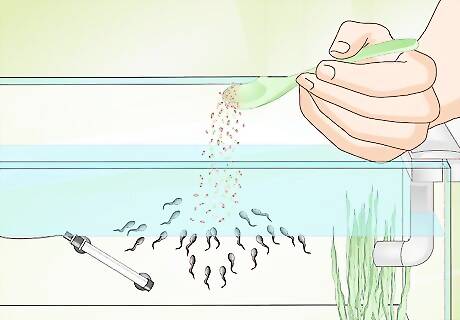
Feed your tadpoles a healthy diet. Pet stores do sell flakes for tadpoles, which you can use following the feeding suggestions on the package. However, if you can't find tadpole flakes, you can use spinach or lettuce to create tadpole food in your kitchen. Boil spinach or lettuce for 10 to 15 minutes and then drain it well. Use gloves or oven mitts when draining to avoid burning your hands. Chop your boiled lettuce or spinach into tiny pieces. Put a tablespoon per tadpole in your tank once a day. For example, if you have four tadpoles, you should feed them four tablespoons of the lettuce or spinach once a day.
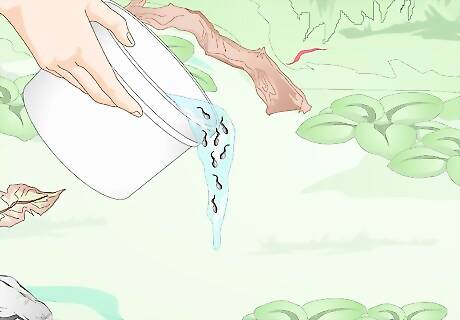
Release tadpoles if you cannot care for them. A tadpole is a living thing. You should not keep tadpoles as pets if you lack the resources to care for them long term. If you do not want the time and commitment that goes along with tadpoles, re-release them into the wild.
Avoiding Pitfalls
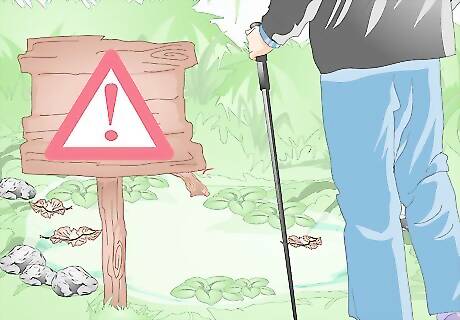
Make sure the area where you're catching tadpoles is safe. Tadpoles sometimes tend to congregate in swampy areas. If you're setting out to capture tadpoles, make sure the area is free of poisonous weeds and difficult terrain that could cause you to slip and get hurt. Wear appropriate shoes, like heavy sneakers or boots, if you're catching tadpoles in a swampy area.
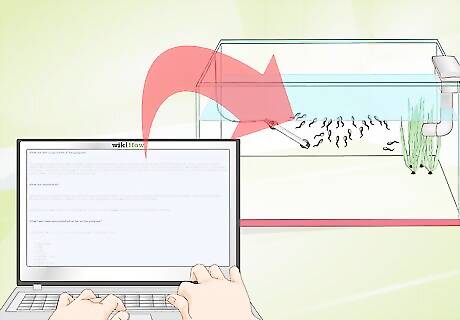
Check state regulations. It is not legal to capture tadpoles everywhere. Some states may have laws against taking animals out of the wild, even in the larval stage. Check the website of your local Department of Natural Resources. If you cannot find the information there, you can call the DNR during office hours.

Avoid capturing too many tadpoles. It can be easy to end up scooping quite a few tadpoles in one motion, as they tend to swim close together. If you intend to raise tadpoles, remember they will one day grow into frogs. You do not want to be left with 10 or 20 frogs to care for. Stick to catching a manageable amount of tadpoles, like 3 to 4. If you end up with more than you want, you can release some tadpoles back into the lake or stream before taking your tadpoles home.




















Comments
0 comment